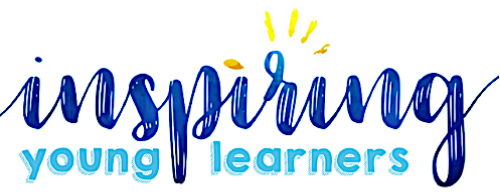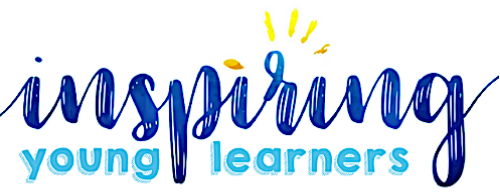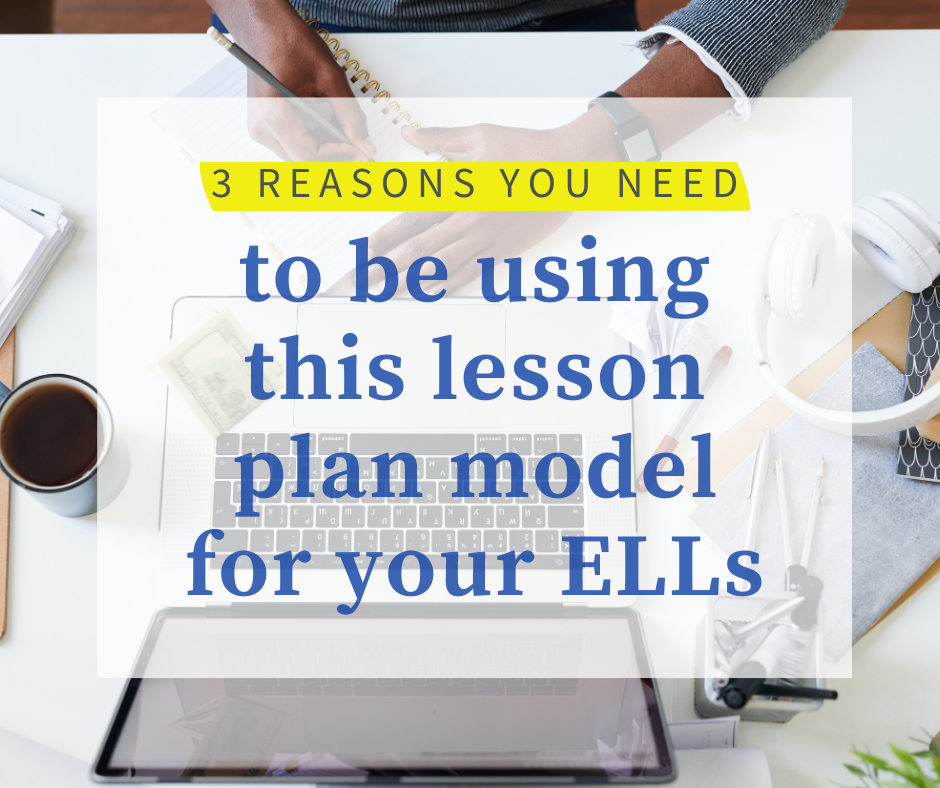
Did you know that a recent study showed that on average teachers are talking up to 70-80% of the class period (Gewertz, 2020).
If that is the case, how do you think our ELLs are getting enough time to think, analyze, and respond when they are being “talked at.”
Over the past few years there has definitely been a shift in becoming less “teacher-centered” and moving towards being “student-centered” but there are still some major areas of improvement that we must focus on in order to create classroom learning environments for our ELLs to thrive in.
If you are trying to set up your classroom for success with ELLs in mind, incorporating the gradual release of responsibility model is one of the best ways to do that.
Here are 3 reasons why:
- It will give your students clear expectations to imitate and follow.
- It will help bring balance to teacher talk vs. student talk.
- It will help our ELLs slowly take in the information, have scaffolded support, and push them to independently work on the skills they have been focusing on.
In today’s post we will focus on the first step of the gradual release model which is modeling. We will cover the next two steps over the next two weeks.
Before we get to step 1, let’s begin with what is the gradual release of responsibility model. Gradual release of responsibility model has been around since 1983 when Pearson and Gallagher coined the phrase and methodology. Essentially the model is the idea that students cognitively move from teacher instruction to a joint responsibility between student and teacher, to then working independently. I truly believe this model is essential for our ELL students not because they come in lacking knowledge and need the teacher to tell them, but because when they lack the language, this method helps guide them and unlock the language barrier to bring out their understanding.
Let’s begin with where to begin.
Step 1: I do
When working with ELLs you are constantly working on unlocking language skills and this can be done in a variety of ways. These are essentially your “mini-lessons” and you want to make sure you keep the length of the lesson in mind.
It is helpful for the student’s to have a clear idea of what they are focusing on by sharing language objectives which will help them continue to come back and connect to the language objective throughout the stages.
I always struggled with keeping my mini lesson short and to the point because the reality is I had A LOT to teach and fit in during the lesson. As much as that is true, your student engagement will decrease and so it isn’t beneficial for them to keep talking at them without any engagement on their part. (This is why I love using Think-Pair-Share to break up “teacher talk time.”
Here are some examples of how to model a new skill or concept to your ELLs.
- Read aloud mini lesson. Think out loud as your are showing a reading comprehension skill or how to figure out a word using context clues.
- Create an anchor chart so that students can refer back to your think aloud. Adding visuals will help it have deeper meaning with your ELLs.
- Use realia or try to show something hands on to bring a deeper connection to what you are talking about. My students would frequently talk about when I brought a bag of shoes to share about just right reading levels. Those types of examples will help your students recall your lesson much easier than by you talking without any visual cues.
- Begin with an investigation to spark interest. Put a box in the middle of the room and give them clues to figure out what is inside all while modeling academic language and questioning skills.
- Introduce the materials with a short video, but make sure to stop and think throughout the video to make sure you are modeling how to think aloud.
Here are a few additional tips:
- You want to make sure you add in a good building background activity before you start with modeling. This will help them build connections to the vocabulary and content before you begin modeling!
- It’s also a great place to begin with how much “teacher talk” vs. “student talk” is happening in your classroom. Want to test out to see how much talking you are doing in your classroom? Try out the app TeachFX to get a clear picture of the percentage of teacher talk time vs. student talk time.
- As your ELLs grow in their language abilities, you can begin to decrease some of the scaffolds and allow them to “be the teacher.”
- One last tip is to use visual cards to let the students know where are you at in the model and what is expected of them. When you are modeling, show them this is the “teacher talk time” so I want you to really listen during this lesson for… and then name the language objective. The visual cues will help your ELLs build structure into their environment and lower the affective filter when they feel confident they know what they are supposed to be doing.
You can grab a free set of visual cards for the gradual release of responsibility model here!
Stay tune for the next two steps in the upcoming weeks!
References:



